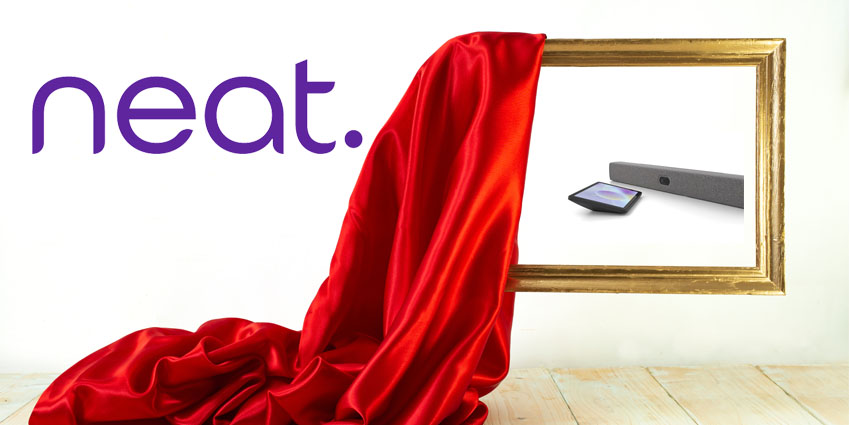The business phone has come a long way over the years. What started off as a simple way to make cold calls to customers, and maintain connections between coworkers, has now become a comprehensive solution for collaboration and communication. In some cases, the business phone isn’t just a solution for audio anymore, it’s a multi-media extravaganza, complete with video, messaging, and various other solutions for conferencing success.
The question on everyone’s mind as communication strategies continue to evolve, is whether we’ll still be purchasing business phone hardware three, to five years from now, or whether our idea of the business phone will be completely replaced by softphone clients, online apps, and team collaboration environments.
Communication for the New Generation
As millennials emerge as the largest generation in the world, it makes sense that we’d be starting to move away from the traditional deskphone, and into the realm of softphones and mobile clients instead. After all, this is the generation of digital natives that we’ve all been talking about. To these professionals, digital communication on laptops, tablets, and smartphones is second nature – they don’t need the familiarity and comfort of the deskphone.
 Yet, despite this, evidence suggests that the deskphone remains as strong a business element as ever. In fact, it might surprise you to learn just how well the traditional business phone continues to perform in the current climate, with figures for VoIP markets predicted to double by 2020.
Yet, despite this, evidence suggests that the deskphone remains as strong a business element as ever. In fact, it might surprise you to learn just how well the traditional business phone continues to perform in the current climate, with figures for VoIP markets predicted to double by 2020.
So, what’s happening here? The answer is that not only are business phones adapting to meet the needs of new generations, but they’re also giving them the stability and performance that they crave in this time of ever-rising competition. Adjusting to the needs of a new workforce may not mean throwing desktop phones in the trash, and sticking to softphones. Instead, it might mean making sure that all VoIP phones are equipped with the tools each worker needs to perform at their best.
Fortunately, the rise of the new SIP open standard could make that easier than ever.
Adjusting for the Versatile VoIP Phone
While for many brands, desktop phone revenues have started to decline, the vendors that support open-standard SIP platforms like Skype for Business, and similar, are seeing huge growth in their sales. Open-standard SIP solutions allow modern companies to adjust and alter their VoIP experience according to their own unique needs.
That might mean that you transform your huddle-room conference phone to ensure that it connects with your Microsoft Skype for Business Collaboration strategies. The buzzword for the future of VoIP business phones isn’t necessarily “outdated” or “irrelevant”, but “integration”.

Thanks to SIP, unified communications are becoming more of a realistic experience for modern business. Open SIP standards allow for the transmission of different communication tools through a VoIP phone experience, including voice, video, and data. This means that SIP trunk providers can combine different communication tools like voice, and instant messaging into a single system.
Rather than having to make phone calls on your VoIP phone, and connect through video on Skype for Business through your desktop, you can do everything through the same system. That means that it’s easier than ever for companies to create the unified conferencing, and meeting experiences that they need to ensure efficiency and productivity in the business.
The growth of SIP solutions links back to one of the main drivers for growth in the IP market, which is pushed by the growth of cloud-based PBX. According to statistics, while cloud and hosted communications made up about 22% of the VoIP phone market back in 2014, that amount is expected to grow to 55% by 2021.
As more UC-enabled devices emerge, IP phones have cemented their place as a key part of the communications framework for businesses. That may be why the market for IP media phones is expected to grow to about 6 million phones shipped by 2021.
The Business Phone is Dead: Long Live the Business Phone
The business phone as we know it is changing. Softphones are becoming a more reliable alternative to deskphones, and some people have already made the permanent switch from handsets to headsets. But that doesn’t necessarily mean that the age of the business phone is over. Rather than disappearing entirely, it could simply be that the standard enterprise phone is transforming, and becoming something new.
As millennials look for devices that help to give them greater opportunities for productivity in the workplace, and UC vendors begin to integrate new solutions into our desktop experiences, it could be that we’re moving towards a business phone that’s more mobile, more feature-rich, and more engaging than the handsets of old. For instance, while the sale of IP deskphones is expected to slow, the market for professional headsets, is predicted to grow by 23% up to 2020.
At the same time, UC-ready business phones will mark the solution for communications in the future. Already, UC-related shipments in the marketplace accounted for about $281 million per year in 2013, a number that should grow to $1 billion by 2020.
As we look into the future, it seems clear that the business phone may be changing – but it isn’t dead yet. In fact, it could be about to get a new lease on life.







